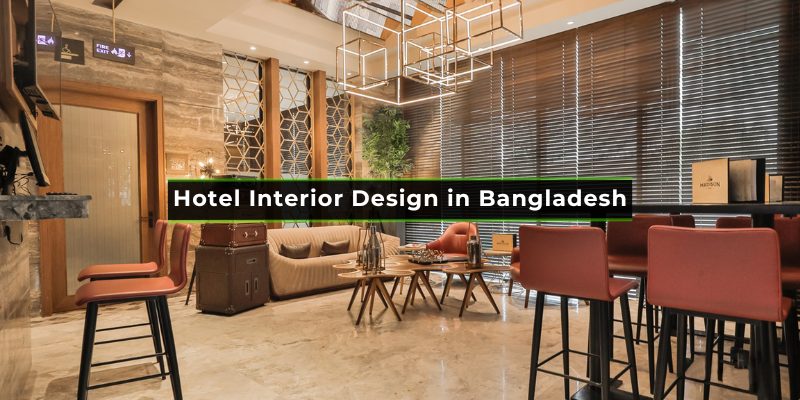Hotel interior design plays a vital role in guest experience. It shapes the ambiance and comfort of a hotel.
In Bangladesh, hotel interior design is evolving rapidly. Modern hotels aim to blend local culture with contemporary styles. This approach not only attracts tourists but also provides a memorable stay. Designers focus on aesthetics, functionality, and sustainability. They incorporate traditional elements with modern amenities.
This unique blend sets Bangladeshi hotels apart. Whether it’s luxurious hotels in Dhaka or serene resorts in Cox’s Bazar, interior design is key. The right design can turn a simple stay into an unforgettable experience. From lobby to rooms, every detail matters. So, let’s explore the fascinating world of hotel interior design in Bangladesh. Discover how it enhances the beauty and comfort of hotels.
Introduction To Hotel Interior Design
Hotel interior design is crucial in Bangladesh’s hospitality industry. It goes beyond just aesthetics. It creates an atmosphere that attracts and retains guests. Each design element plays a role. From the lobby to the rooms, every detail matters.
In Bangladesh, hotel design reflects cultural elements. It mixes tradition with modern comfort. This blend makes hotels unique and appealing. Let’s explore why aesthetic appeal and guest experience are vital in hotel design.
Importance Of Aesthetic Appeal
Aesthetic appeal is the first impression guests have. Beautiful designs attract more visitors. They set the mood and tone for the stay. In Bangladesh, incorporating local art and design is key. It adds character and charm to the hotel.
Colors, textures, and materials all contribute to the aesthetic appeal. They create a sense of place and identity. Thoughtful design can make a hotel stand out. It can create a memorable experience for guests.
Impact On Guest Experience
Guest experience is influenced by the hotel’s design. A well-designed space can make guests feel welcome and comfortable. It enhances their overall stay. In Bangladesh, thoughtful design can include local touches. These create a connection with the culture.
Comfortable and functional spaces are important. They meet guests’ needs and expectations. A good design considers lighting, furniture, and layout. Each element contributes to the guest’s comfort and satisfaction.
In conclusion, hotel interior design in Bangladesh plays a vital role. It impacts both aesthetic appeal and guest experience. By blending tradition and modernity, hotels can create unique and inviting spaces.
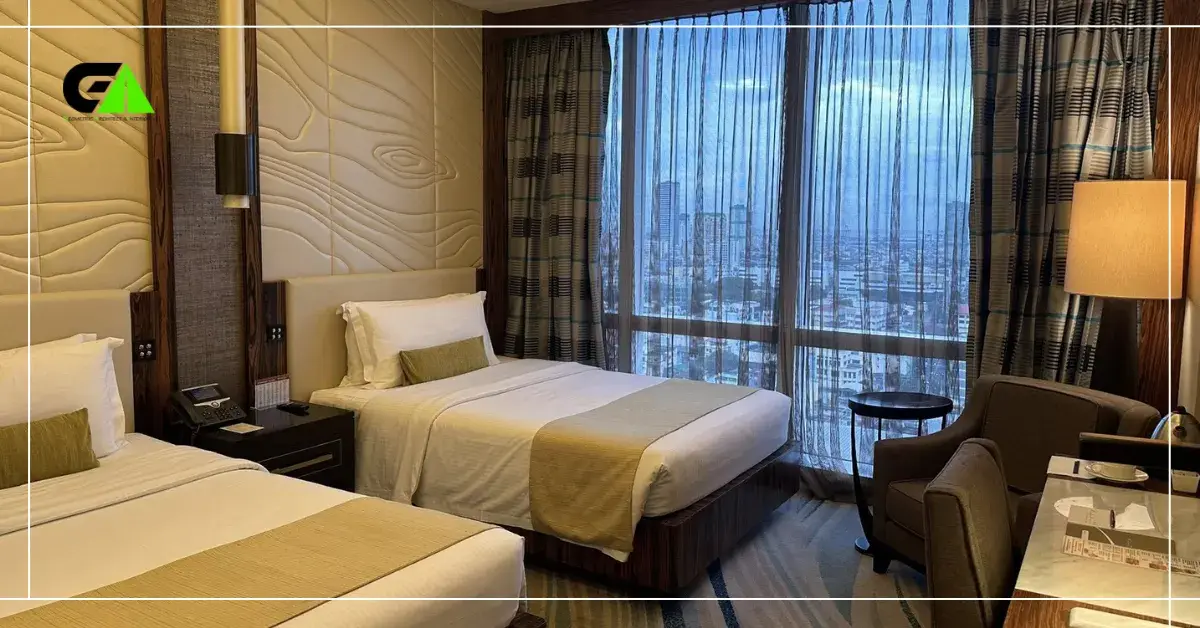
Cultural Influences
Hotel interior design in Bangladesh beautifully reflects the country’s rich cultural heritage. Designers incorporate elements that tell a story of local traditions, art, and history. This approach not only enhances the aesthetic appeal but also provides guests with an immersive cultural experience.
Incorporating Local Art And Craft
Local art and craft play a significant role in Bangladeshi hotel interiors. Traditional handwoven fabrics, known as Jamdani, are often used for upholstery and curtains. These textiles are famous for their intricate designs and craftsmanship.
Walls may feature paintings by local artists, showcasing landscapes, festivals, and daily life. Crafts such as pottery, wood carvings, and metalwork are also common. These pieces add a touch of authenticity and warmth to the space.
Traditional Vs. Modern Elements
There is a fine balance between traditional and modern elements in Bangladeshi hotel design. Traditional elements include wooden furniture with intricate carvings, terracotta tiles, and vibrant color palettes. These elements create a sense of history and belonging.
Modern elements, on the other hand, focus on simplicity and functionality. Clean lines, minimalistic decor, and contemporary furniture ensure comfort and convenience. The combination of both styles results in a unique and inviting ambiance.
|
Traditional Elements |
Modern Elements |
|---|---|
|
Wooden furniture with carvings |
Clean lines and minimalistic decor |
|
Terracotta tiles |
Contemporary furniture |
|
Vibrant color palettes |
Neutral and calming colors |
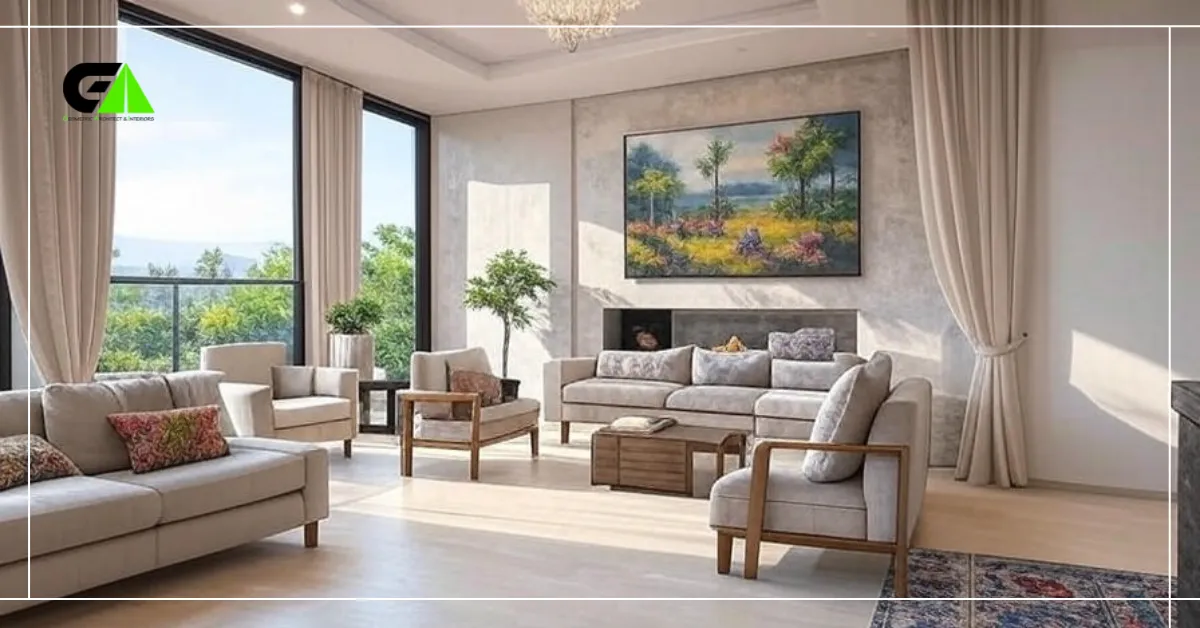
Sustainable Design Practices
In recent years, sustainable design practices have gained significant attention in the hotel industry in Bangladesh. These practices focus on reducing environmental impact, conserving resources, and creating healthier spaces for guests. Hotels are now incorporating eco-friendly materials and energy-efficient solutions to achieve these goals.
Eco-friendly Materials
Using eco-friendly materials in hotel interiors helps reduce environmental damage. Many hotels in Bangladesh now choose materials that have a low carbon footprint. Bamboo, reclaimed wood, and recycled metal are popular choices. These materials are sustainable and add a unique touch to the decor.
Natural fibers like jute and cotton are also used for textiles. These materials are biodegradable and have a minimal environmental impact. They provide a warm and inviting atmosphere, enhancing guest comfort.
Energy-efficient Solutions
Energy-efficient solutions are crucial for sustainable hotel design. Hotels in Bangladesh are adopting LED lighting systems. These lights consume less energy and last longer than traditional bulbs. Smart lighting systems allow hotels to control lighting more efficiently.
Solar panels are another energy-saving solution. Many hotels are installing these panels on rooftops. They generate clean energy and reduce electricity costs. Solar water heaters are also becoming common. They use the sun’s energy to heat water, further cutting down energy consumption.
Energy-efficient appliances and HVAC systems are essential. Modern air conditioning units use less energy and provide better climate control. They improve guest comfort and reduce the hotel’s carbon footprint.
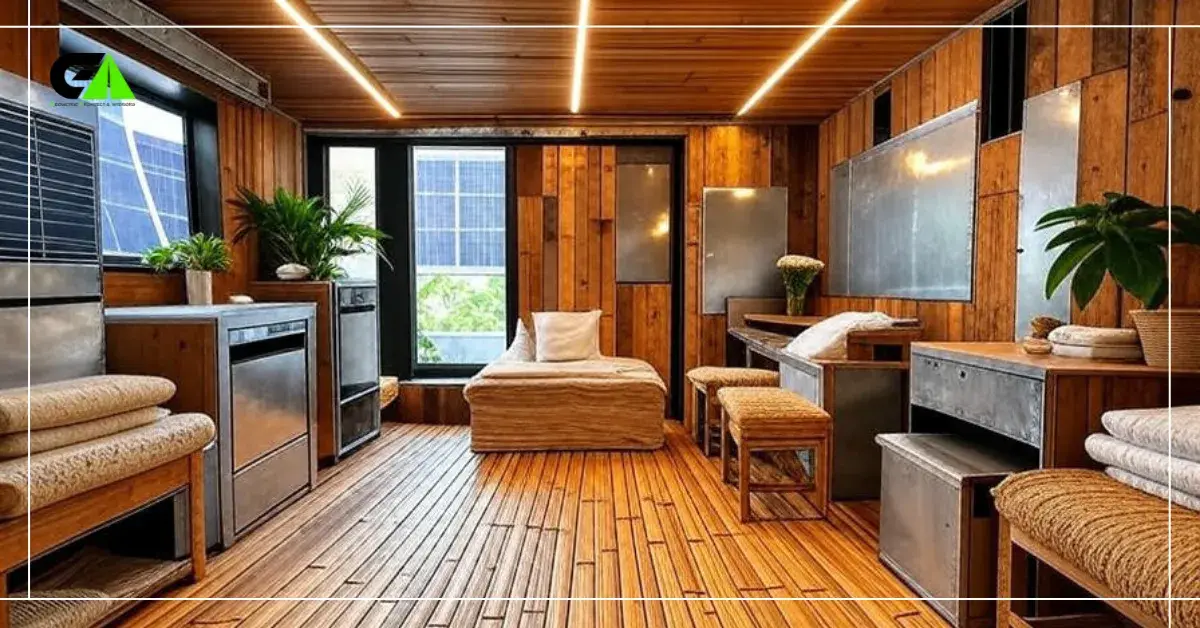
Color Schemes And Themes
Color schemes and themes play a crucial role in hotel interior design in Bangladesh. They set the mood and create an inviting atmosphere for guests. Thoughtful color choices can enhance the overall experience. Themes help in telling a story and making a memorable impression. Let’s explore popular color palettes and thematic inspirations in Bangladeshi hotels.
Popular Color Palettes
Neutral tones are widely favored in Bangladeshi hotels. Shades of beige, white, and gray offer a clean and sophisticated look. They provide a perfect backdrop for other decorative elements. Earthy hues such as browns and greens bring a touch of nature indoors. These colors create a calming environment.
Bold colors are also making their mark. Deep blues, vibrant reds, and rich golds add a sense of luxury. These colors are often used in accent walls or furnishings. They create focal points and add character to the space.
Thematic Inspirations
Traditional themes are popular in Bangladeshi hotel design. Rich cultural heritage is showcased through local art and craft. Intricate patterns and textiles add authenticity. These themes create a unique and immersive experience.
Modern themes are also in trend. Clean lines and minimalistic designs appeal to contemporary tastes. These themes often incorporate technology and smart design. They offer guests a blend of comfort and sophistication.
Nature-inspired themes bring the outdoors inside. Using natural materials like wood and stone creates a serene atmosphere. These designs often include plenty of natural light and greenery. They promote relaxation and well-being.
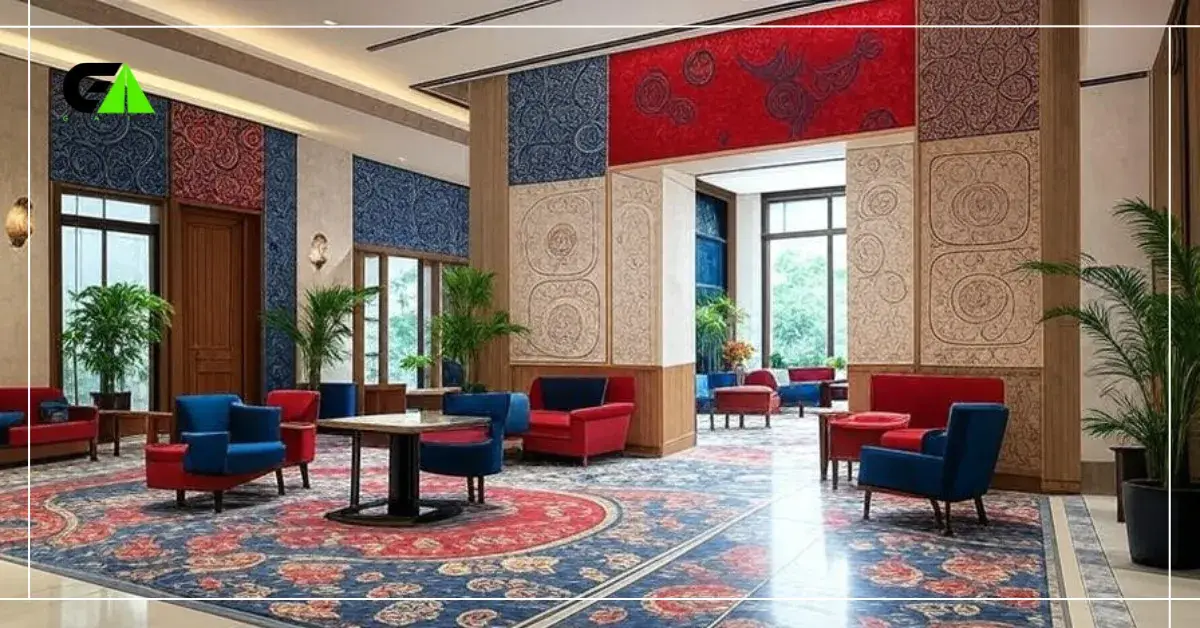
Furniture And Fixtures
In the realm of hotel interior design in Bangladesh, furniture and fixtures play a crucial role. The right pieces can transform a space from ordinary to extraordinary. They contribute significantly to the overall ambiance and guest experience. Let’s dive into the essential aspects of selecting and balancing furniture and fixtures in hotel interiors.
Choosing The Right Furniture
Choosing the right furniture is pivotal. It sets the tone for the entire hotel experience. Focus on these key elements:
- Durability: Hotel furniture must withstand heavy use. Opt for materials like solid wood or metal frames.
- Functionality: Ensure the furniture serves its purpose. For instance, a desk in a room should be spacious enough for work.
- Aesthetic Appeal: The furniture should match the hotel’s theme. Modern hotels benefit from sleek designs, while classic hotels may prefer ornate pieces.
| Furniture Type | Recommended Material | Key Feature |
|---|---|---|
| Bed | Solid Wood | Comfort and Support |
| Desk | Metal Frame | Spacious Surface |
| Sofa | Leather or Fabric | Durability and Comfort |
Balancing Comfort And Style
Balancing comfort and style is essential in hotel interior design. Guests expect a cozy stay, but they also appreciate visually pleasing environments. Consider these tips:
- Ergonomic Design: Choose furniture that supports posture. Ergonomic chairs and beds enhance guest comfort.
- Soft Fabrics: Use plush fabrics for sofas and chairs. Soft textures add a touch of luxury.
- Color Palette: Select a harmonious color scheme. Neutral tones often work best, creating a serene atmosphere.
Incorporate these elements to ensure your hotel interior design in Bangladesh stands out. A perfect blend of comfort and style makes a lasting impression on guests. Remember, the right furniture and fixtures can elevate a hotel’s ambiance significantly.
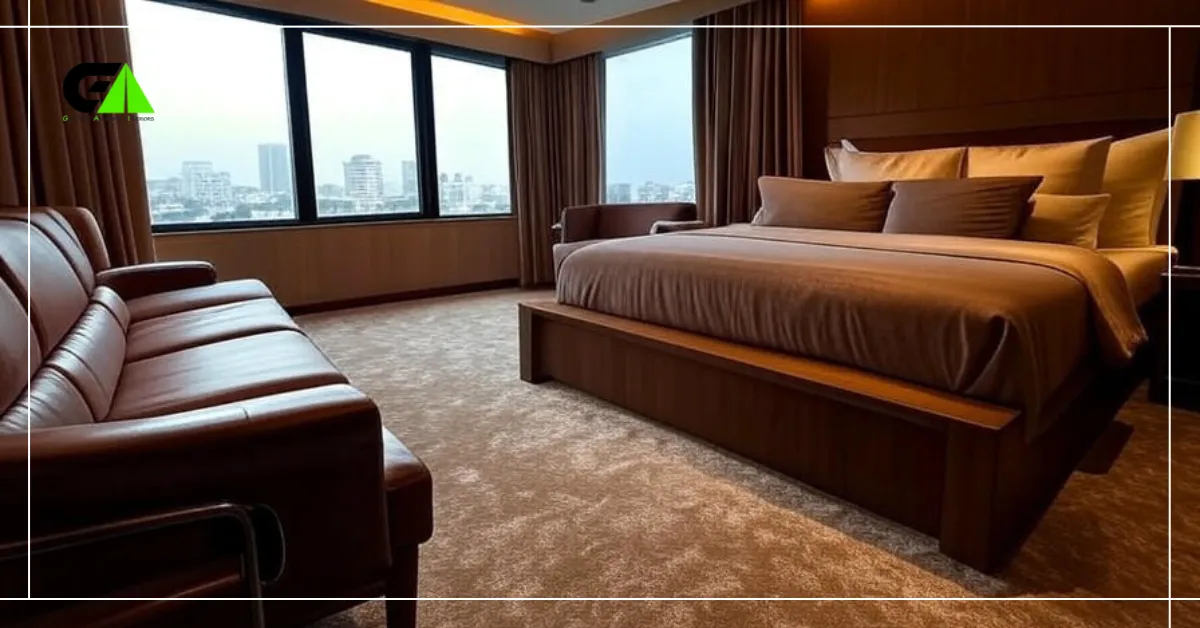
Lighting Design
Lighting design plays a crucial role in creating a welcoming atmosphere in hotels. In Bangladesh, this aspect of interior design has gained significant attention. Proper lighting enhances aesthetics and improves the overall guest experience. The combination of natural and artificial lighting can transform a hotel’s ambiance.
Natural Light Utilization
Natural light is a valuable asset for any hotel. It creates a warm and inviting atmosphere. Large windows and skylights are essential for maximizing natural light. These elements help in reducing electricity costs and provide a healthy environment.
You may like it: Importance of Natural Lighting in Interior Design
In Bangladesh, hotels can benefit from the abundant sunlight. It can be used to illuminate lobbies, dining areas, and guest rooms. Proper window placement is key. South-facing windows bring in the most light. Use light-colored curtains to diffuse sunlight and prevent glare.
Indoor plants can enhance the natural light effect. They add a touch of nature and improve air quality. Mirrors can also help. They reflect light and make spaces look larger and brighter.
Innovative Lighting Solutions
Innovative lighting solutions are essential for modern hotel design. LED lights are a popular choice. They are energy-efficient and long-lasting. Different lighting styles can create various moods. Warm lighting in guest rooms creates a cozy feel. Bright lighting in lobbies enhances visibility and safety.
Smart lighting systems are gaining popularity. They allow for easy control of light intensity and color. Guests can adjust the lighting according to their preferences. This adds a personal touch to their stay.
Accent lighting highlights architectural features and decor elements. It can be used to draw attention to art pieces, plants, or special design elements. Under-cabinet lighting in bathrooms and kitchens is both functional and stylish.
Using a combination of natural and artificial lighting creates a balanced environment. It ensures that guests experience comfort and luxury throughout their stay.
|
Lighting Type |
Benefits |
|---|---|
|
Natural Light |
Reduces electricity costs, improves health, enhances ambiance |
|
LED Lights |
Energy-efficient, long-lasting, versatile |
|
Smart Lighting |
Customizable, enhances guest experience |
|
Accent Lighting |
Highlights decor, adds depth to design |
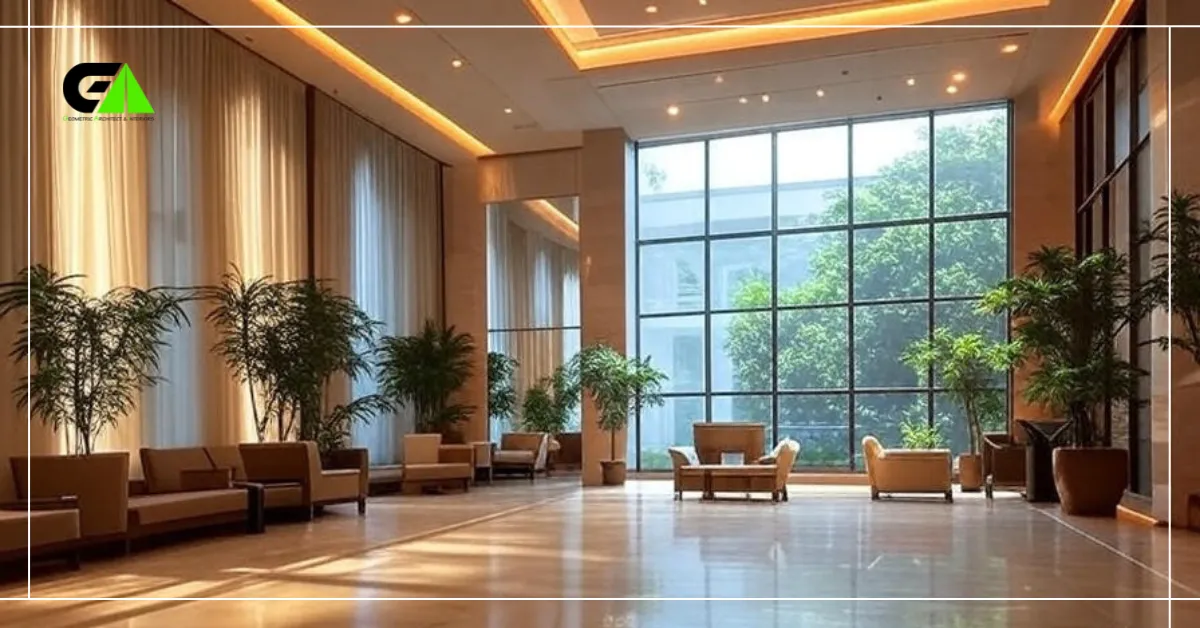
Technology Integration
Technology integration in hotel interior design is reshaping the hospitality industry in Bangladesh. Modern hotels are adopting advanced technologies to enhance guest experiences. This shift is not only about convenience but also about safety and efficiency. Let’s explore how technology is revolutionizing hotel interiors.
Smart Room Features
Smart room features are changing the way guests interact with their environment. Automated lighting systems adjust to the time of day. Climate control systems ensure optimal comfort. Voice-activated assistants provide information and entertainment. Guests can control everything from their smartphone. This level of personalization creates a memorable stay.
Guest Safety And Security
Guest safety and security are top priorities in modern hotel design. Advanced surveillance systems monitor common areas and entry points. Smart locks replace traditional keys, allowing secure access through smartphones. Emergency response systems are integrated for quick assistance. These technologies ensure a safe and secure environment for all guests.
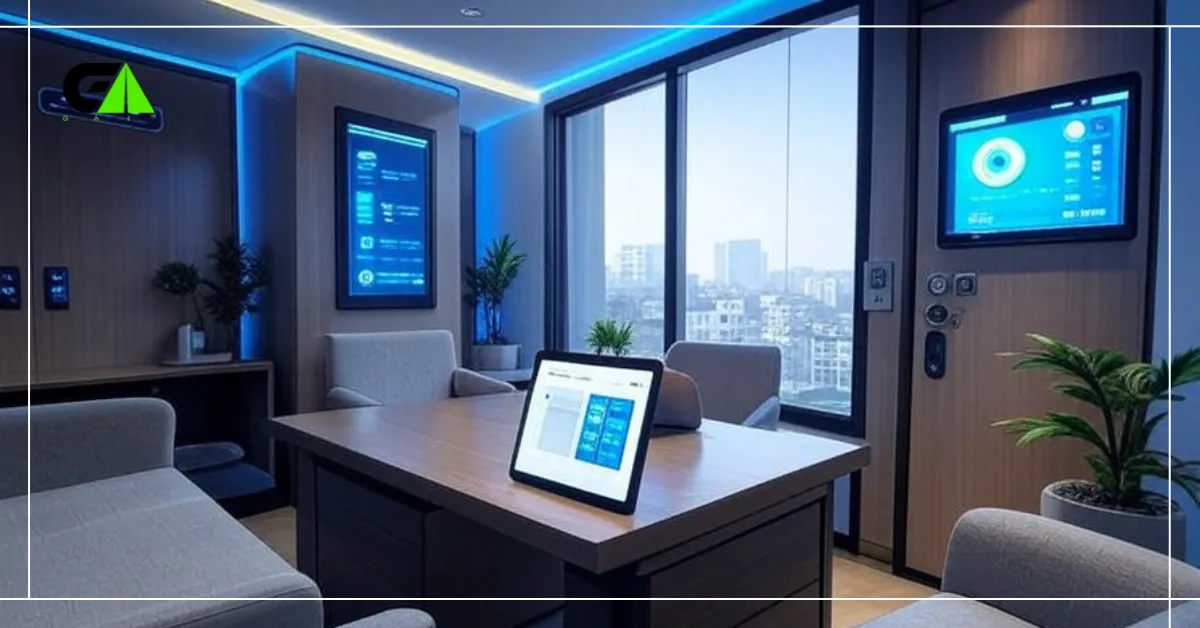
Future Trends
Bangladesh is rapidly embracing modernity in hotel interior design. With a blend of tradition and innovation, future trends are shaping a unique aesthetic. These trends focus on creating memorable experiences for guests. Below, we explore some key trends that are likely to dominate hotel interior design in Bangladesh.
Minimalistic Designs
Minimalistic designs are becoming increasingly popular in hotel interiors. This trend emphasizes simplicity and functionality. Clean lines and neutral colors create a calming atmosphere. Removing unnecessary items can make spaces feel more open and inviting.
Minimalistic designs often use natural materials like wood and stone. These materials add warmth and texture without cluttering the space. Furniture pieces are sleek and often multifunctional. This helps in maximizing the use of available space.
Lighting plays a crucial role in minimalistic designs. Soft, ambient lighting can enhance the serene environment. Recessed lighting and floor lamps are popular choices. They provide illumination without overwhelming the senses.
Personalized Guest Experiences
Personalized guest experiences are at the forefront of hotel interior design. Customization allows guests to feel more at home. This trend involves tailoring spaces to meet individual preferences.
Hotels are incorporating smart technology to achieve this. Smart rooms can adjust lighting, temperature, and even artwork based on guest preferences. Touchscreen tablets often replace traditional room service menus. This provides a modern and convenient experience.
Personalized decor elements are also gaining traction. Artworks and furnishings that reflect local culture can make a big impact. These elements provide a sense of place and a unique identity to each room.
Here is a table summarizing the key elements of these trends:
|
Trend |
Key Elements |
|---|---|
|
Minimalistic Designs |
Clean lines, neutral colors, natural materials, multifunctional furniture, ambient lighting |
|
Personalized Guest Experiences |
Smart technology, custom settings, local cultural elements, touchscreen tablets |
Future trends in hotel interior design in Bangladesh focus on creating serene and personalized environments. These trends aim to enhance guest comfort and satisfaction.
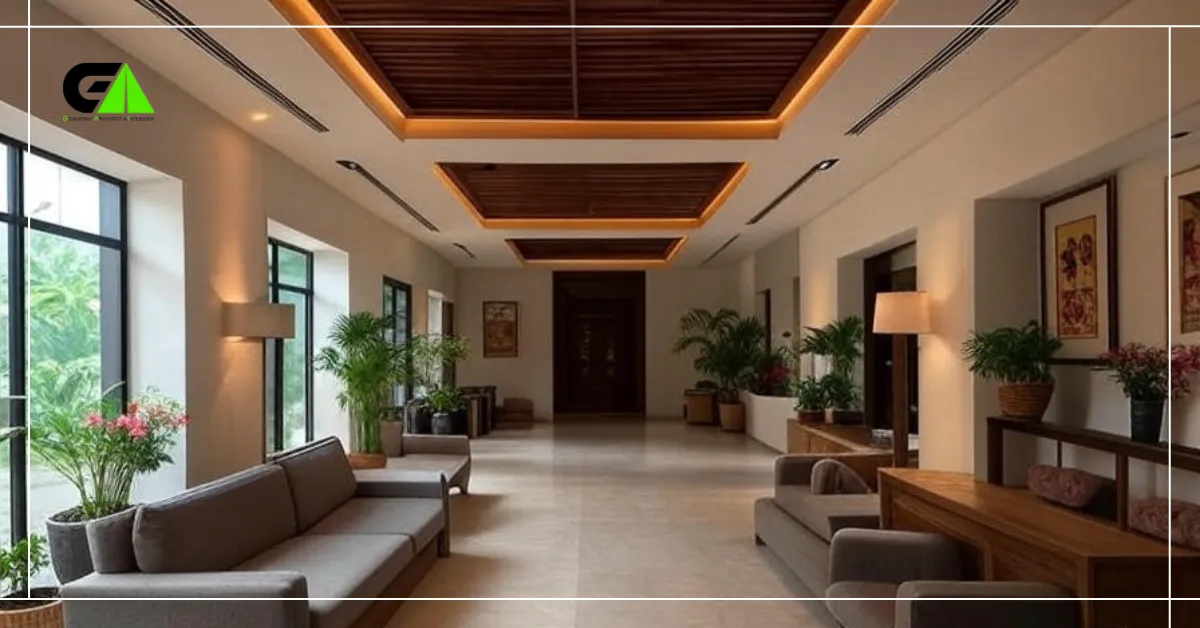
Case Studies
Hotel interior design in Bangladesh is evolving rapidly. From luxurious five-star hotels to charming boutique inns, each project tells a unique story. Let’s explore some notable hotel designs and the lessons learned.
Notable Hotel Designs In Bangladesh
Pan Pacific Sonargaon: Located in the heart of Dhaka, this hotel blends modern design with traditional Bangladeshi elements. The lobby features intricate wooden carvings and elegant chandeliers. The rooms are spacious and use a neutral color palette to create a calming atmosphere.
Le Méridien Dhaka: This hotel offers a contemporary design with a touch of elegance. Large windows provide natural light, enhancing the sleek furniture and modern art pieces. The rooftop infinity pool and bar offer stunning city views, making it a popular choice for both tourists and business travelers.
The Peninsula Chittagong: This hotel combines comfort with sophistication. The design incorporates local art and textiles, giving it a distinct Bangladeshi flair. The use of vibrant colors and textures creates a warm and inviting environment.
Lessons Learned
| Hotel | Key Design Element | Lesson |
|---|---|---|
| Pan Pacific Sonargaon | Traditional Elements | Blend modern and traditional for a unique appeal. |
| Le Méridien Dhaka | Natural Light | Use large windows to create a bright and open space. |
| The Peninsula Chittagong | Local Art | Incorporate local culture to create a sense of place. |
These hotels show the importance of balancing aesthetics and functionality. They highlight how local culture can enhance a design. Each hotel offers a unique experience, reflecting the rich heritage of Bangladesh.
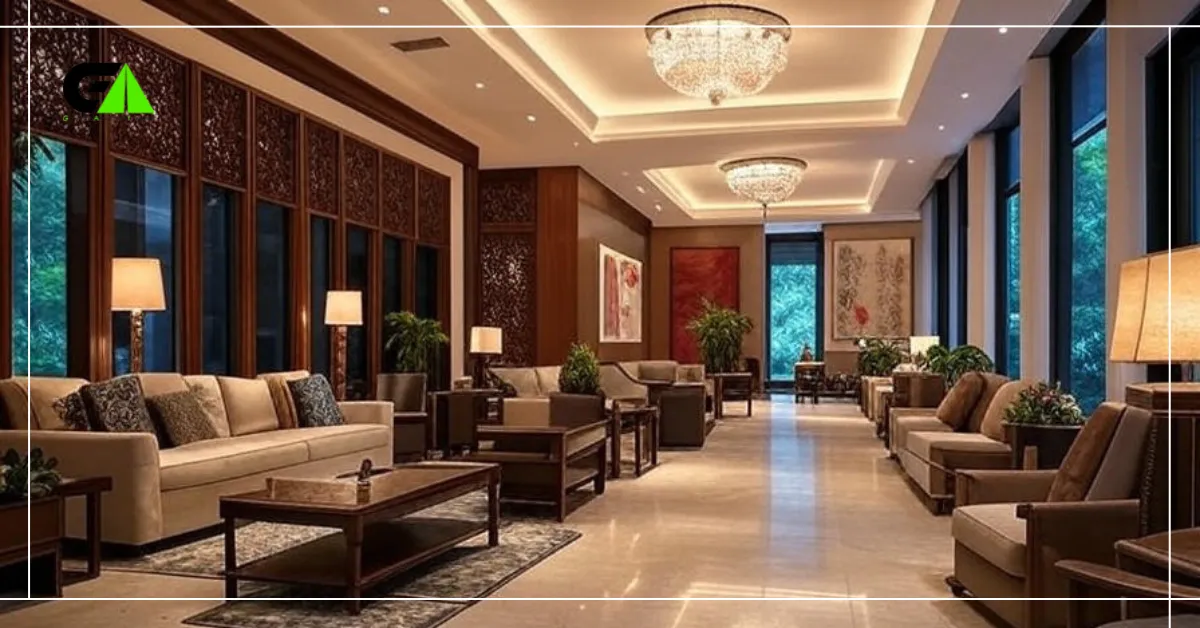
Frequently Asked Questions
What Are The Key Elements Of Hotel Interior Design?
Key elements include lighting, color scheme, furniture, and layout. Each element enhances guest experience and comfort.
Why Is Lighting Important In Hotel Design?
Lighting sets the mood and improves aesthetics. It also highlights design features and ensures guest comfort.
How Does Furniture Affect Hotel Interiors?
Furniture impacts functionality and style. It should be comfortable, durable, and match the hotel’s design theme.
What Role Do Color Schemes Play In Hotel Interiors?
Color schemes create ambiance and affect mood. They should align with the hotel’s brand and desired guest experience.
Conclusion
Bangladesh’s hotel interior design is evolving with creativity and cultural flair. Designers blend tradition with modern trends. This creates unique, welcoming spaces. Guests enjoy comfort and elegance. Local craftsmanship adds authentic charm. Attention to detail ensures memorable stays. Hotels in Bangladesh offer more than just accommodation.
They provide an enriching experience. So, next time you visit, appreciate the thoughtful designs. Enjoy the vibrant and stylish interiors.

